You sit down at your computer ready to tackle the work you’ve been promising yourself you’d do. But inevitably, your inbox pings and your phone rings. Then, just as you’re about to dive in, you reflexively reach for your phone, scan headlines, and scroll social media — your focus fragmenting with each digital detour.
These interruptions, both external and self-inflicted, are no longer the exception; they’ve become our default mode, says Zelana Montminy, a positive psychologist and the author of Finding Focus: Own Your Attention in an Age of Distraction. “We’ve trained our brain to need and want interruptions,” she says. “It’s almost like we’re addicted to distractedness.”
It isn’t accidental. Our devices are engineered to exploit this vulnerability. “They provide fleeting hits of dopamine through notifications, likes, and messages, keeping us in a constant cycle of seeking digital validation.”
Many of us believe we’re adept at juggling interruptions, but research tells a different story, according to Gloria Mark, Chancellor’s Professor of Informatics at the University of California, Irvine, and the author of Attention Span: A Groundbreaking Way to Restore Balance, Happiness, and Productivity. “Think of your mind as a whiteboard,” she says. “Each task or topic you focus on is like writing on that whiteboard. When you multitask, you’re constantly erasing and rewriting different information.”
All that switching comes at a cost. Studies show that multitasking leads to longer completion times, more errors, and increased stress. “Your executive function — your brain’s CEO — gets fatigued,” says Mark. “And it struggles to filter out distractions or make decisions, leaving you even more susceptible to interruptions.”
So how can you strengthen your focus skills and stay on track? What simple techniques can help you cut down on interruptions? And how can you create an environment that supports better concentration? Here’s what experts suggest.
Lay the groundwork.
Optimizing your brain for focus starts with fundamental self-care, according to Montminy. “You need to prioritize foundational habits like sleep, hydration, and physical activity,” she says. “You could try all the mental health hacks in the world, and you’re not going to get anywhere if you’re not sleeping well and not hydrating.”
Creating consistent environmental cues is also key. Montminy recommends establishing “focus rituals,” or signals that tell your brain it’s time to concentrate — like a dedicated workspace, a particular desk setup, or a consistent routine that primes you for deep work. Mark suggests practical steps to eliminate distractions: turn off notifications, lock away your phone when working, and use app blockers to hide digital temptations. The goal is to “create friction” and make it harder to be distracted, she says.
Train your brain’s attention.
With the fundamentals in place, you next need to harness your natural focus. Our attention is goal-directed, meaning we naturally concentrate on what aligns with our objectives and priorities, explains Mark. This principle is rooted in the work of William James, widely considered the father of American psychology. “If your goals are very clear, that’s going to keep you focused.” To tap into this attentional bias and selectively focus on certain stimuli while ignoring others, Mark recommends a concrete approach: “Write down your goals and put them in a place where they’re in your visual field,” she says. “Put them on a post-it if that’s what it takes for you to be constantly reminded of what you’re trying to accomplish.” Surrounding yourself with visual reminders of your goals helps train your brain to zero in on what’s essential.
Direct your emotions.
Goal setting isn’t just about accomplishing tasks; it’s also a powerful strategy for regulating and managing emotions. “People who feel more positive can actually focus better, do more, and be more creative,” says Mark. She recommends envisioning your desired emotional state to guide behavior. So, ask yourself: “At 7 PM, how do I want to feel?” You might, for instance, picture yourself peaceful and relaxed, enjoying a quiet moment on the couch with a book, or happily unwinding with friends. By setting emotional goals, you’re creating a neurobiological roadmap that helps your brain seek balance and reduce stress. “Picture the end result,” Montminy advises. “Visualize what it looks like, sit in the feeling of it, and imagine the relief.” The aim is to preemptively savor a sense of accomplishment, which can sharpen your focus.
Interrupt your autopilot.
Attention comes in different forms, says Mark. There’s the intentional kind, where we’re consciously focused on a specific task, such as writing a complex report; and the automatic kind, where actions occur without deliberate thought — like when you reflexively grab your phone, swipe it open, and scroll through Instagram mid-workday. To break these unconscious habits, Mark says you need to cultivate meta-awareness: observing your mental processes as they unfold. “It’s like slapping yourself awake and saying, ‘Pay attention!’” When you feel the impulse to check social media, pause, and ask yourself: What’s driving this behavior? Am I procrastinating? Am I avoiding challenging work? Asking these questions transforms an unconscious habit into a deliberate choice. “Meta-awareness is like a muscle — the more you practice catching and redirecting your attention, the stronger it becomes.”
Montminy suggests keeping alternatives to your phone nearby — a magazine or notepad, for instance — to satisfy your underlying need for escape or stress relief. “Don’t use your device as a pacifier,” she says.
Tune into your energy patterns.
Your attention at work has a rhythm, says Mark. Your peak focus times are affected by your chronotype, or your natural circadian rhythm. Mark’s research finds that most people have peak focus times around 11 AM and mid-afternoon, though this varies depending on whether you’re an early bird or night owl. To discover your personal rhythm, keep a diary tracking your energy and concentration levels throughout the day. “The desire to scroll or check your socials is a sign of your focus starting to quiver, usually toward the end of one of your cycles,” says Montminy. Then, schedule demanding tasks during your peak cognitive hours and reserve less-complex work, like email, for when your energy dips. “Understanding and adapting to your energy fluctuations helps you align your work schedule with your personal rhythm,” she says.
Practice active listening.
One of the places where many people lose focus is during conversations, notes Montminy. This occurs in team meetings on Zoom (you really think no one notices when you check your email in another tab?) and can happen even in person when you’re talking with a colleague one minute, and the next, you’re mentally elsewhere, distracted by your phone. “We’ve become accustomed to not being present with each other,” she says. “Shallow interactions have become the norm.” To improve your focus and rebuild connection, Montminy recommends making a deliberate effort to practice active listening. This involves maintaining eye contact, tuning into what the other person is saying, and asking thoughtful questions. By doing so, you not only sharpen your concentration but also deepen your connections. “Make intentional changes to prioritize your relationships,” she advises.
Replenish your attention reserves.
Negative space, an art term that refers to the empty areas around the main subjects in an image, offers a metaphor for an essential focus skill: managing mental energy. Just as artists use negative space to create balance, you can learn to strategically recover your cognitive resources by taking purposeful breaks, says Mark. “We tend to pack our days with tasks,” she notes. “We don’t realize we have to build in time for when we’re not working that will help us refuel.” When your reserves are running low, give yourself permission to rest and reset. “But resetting does not mean scrolling socials,” says Montminy. “Consuming content is not taking a break.” Instead, she recommends stretching, meditating, reading poetry, or taking time to stare out a window. “Give your brain time and space to regroup.”
Recognize the value of your attention and make conscious choices about how you allocate it, adds Mark. “You have limited cognitive resources. They’re very precious.” The crucial question is: “How do you want to distribute them over the course of your day?”
Principles to Remember
Do
- Cultivate meta-awareness by pausing to question your impulses, and redirecting your attention to transform unconscious habits into deliberate choices.
- Track your daily energy levels to identify your chronotype and schedule demanding tasks during your peak hours, and less-complex work for when your focus dips.
- Set emotional goals by visualizing how you want to feel at the end of your day — calm, proud, or energized — and let those desired emotions guide your behavior and your focus.
Don’t
- Let your goals remain abstract or out of sight; write them down and keep them visible in your workspace to help train your brain to concentrate on what’s most important.
- Assume shallow interactions are inevitable; instead, practice active listening by maintaining eye contact, tuning into what others are saying, and asking questions.
- Mistake scrolling or consuming content for an actual break. A true break allows your brain to reset and recover.









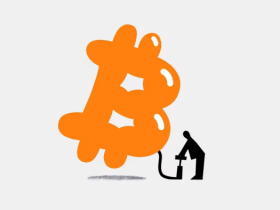

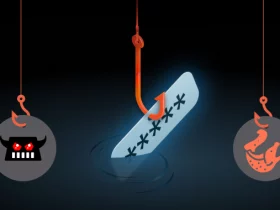
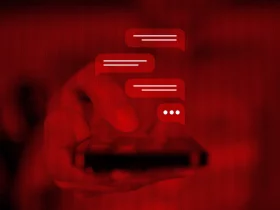


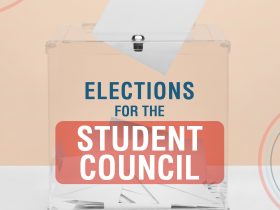



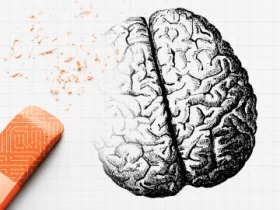

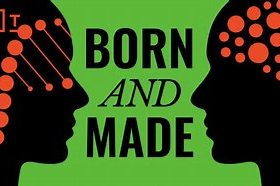

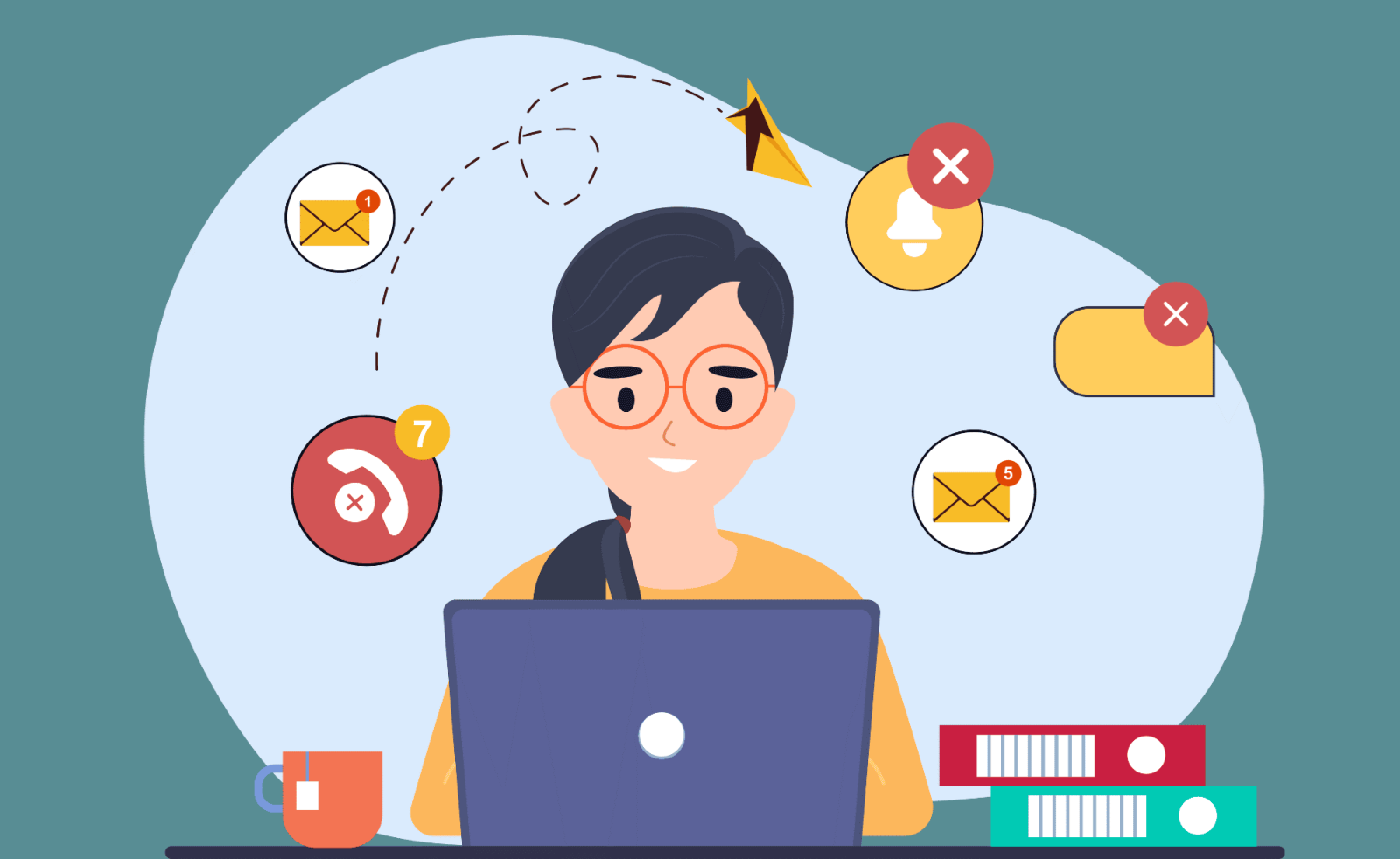


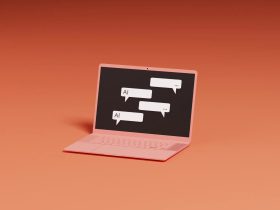
Leave a Reply